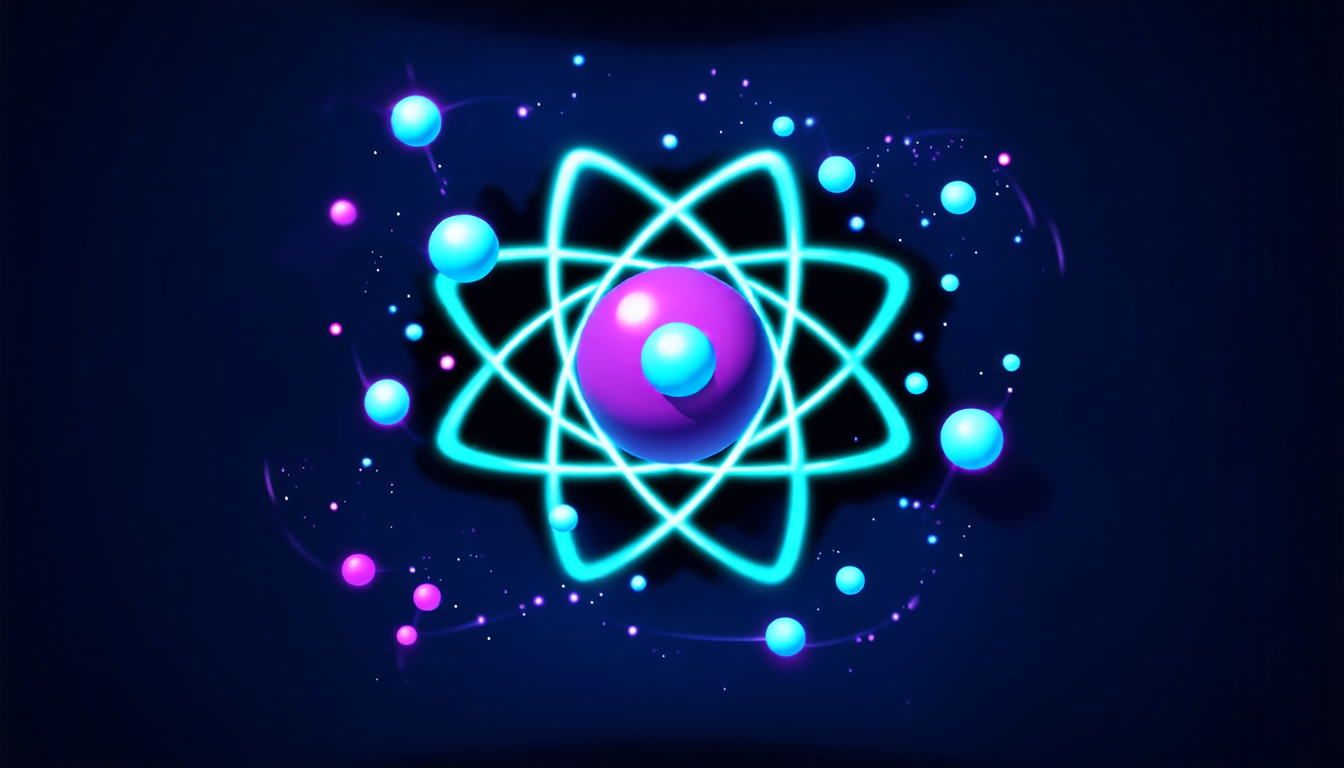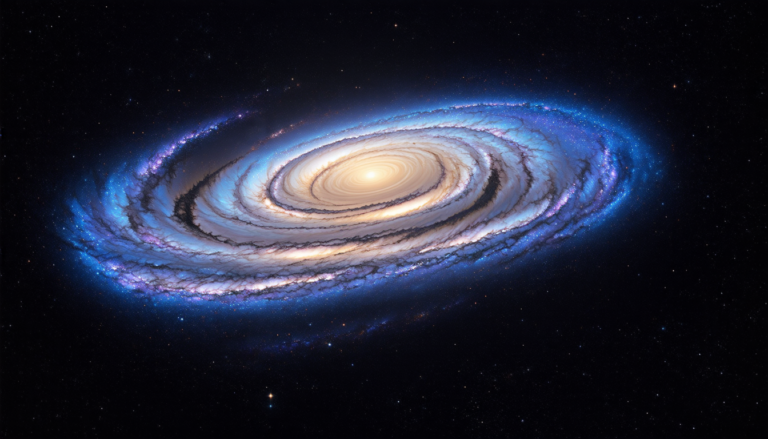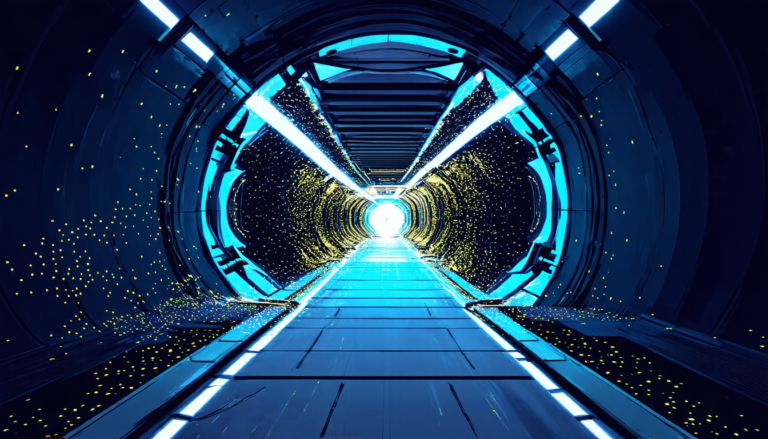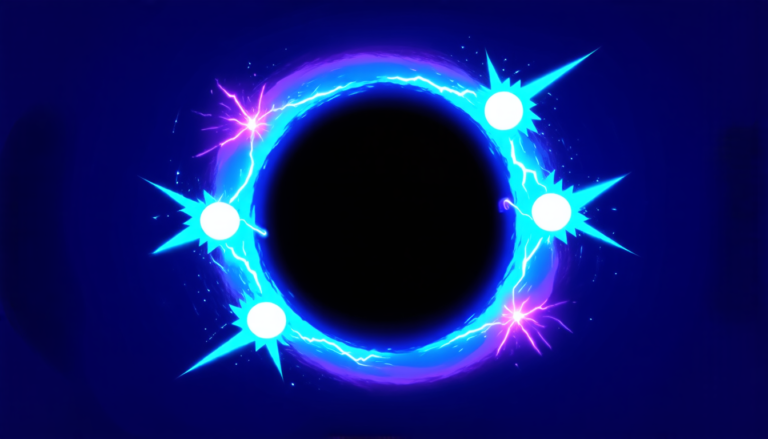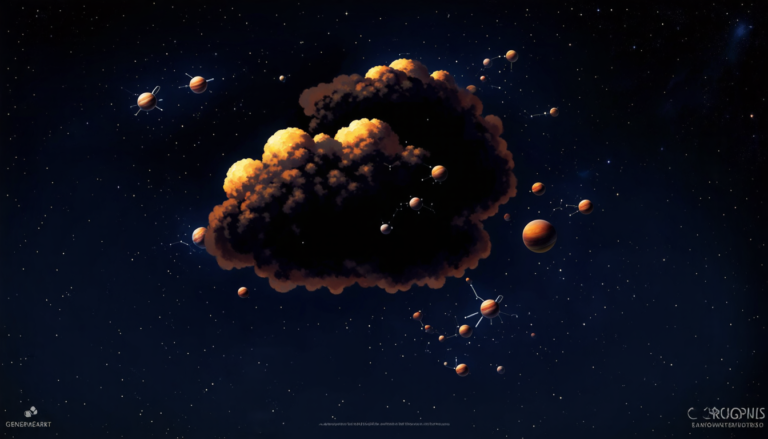Sunday 04 May 2025
The quest for a deeper understanding of the atomic nucleus has led scientists on a fascinating journey, pushing the boundaries of quantum computing and nuclear physics. Recently, researchers have made significant strides in simulating the behavior of atomic nuclei using noisy intermediate-scale quantum (NISQ) devices, which have limitations but are accessible today.
One of the most promising areas of investigation is the application of quantum algorithms to solve complex problems in nuclear physics. The nuclear shell model, a fundamental concept in understanding the structure of atomic nuclei, has been notoriously difficult to tackle with classical computers due to its exponential scaling. Quantum computing’s inherent parallelism and entanglement can potentially overcome these limitations.
Researchers have developed novel protocols to mitigate the effects of noise and errors on quantum circuits, enabling the simulation of nuclear systems with improved accuracy. These noise-resilient techniques involve optimizing ansatzes for the variational quantum eigensolver (VQE) algorithm, incorporating qubit-ADAPT-VQE, and utilizing zero-noise extrapolation.
To test these methods, scientists have focused on simulating the properties of light nuclei like 6Li and heavy nuclei like 38Ar. These experiments involve encoding the basis states onto qubits using Gray code or Jordan-Wigner schemes and applying quantum circuits to calculate the energies of different states.
The results are nothing short of remarkable. For 6Li, scientists have successfully simulated the ground state energy with high accuracy, while for 38Ar, they have achieved comparable results for excited states. These findings demonstrate the potential of NISQ devices in tackling complex nuclear physics problems that were previously thought to be inaccessible.
This research has significant implications for our understanding of atomic nuclei and their role in various astrophysical processes. By simulating the behavior of these systems using quantum computers, scientists can gain valuable insights into nuclear reactions, stability, and decay rates. This knowledge can ultimately inform models of stellar evolution, nuclear reactors, and even the synthesis of heavy elements.
The future of this research holds much promise, with ongoing efforts to develop more advanced quantum algorithms and improve the fidelity of NISQ devices. As we continue to push the boundaries of what is possible, we may uncover new secrets about the fundamental nature of atomic nuclei and their role in shaping the universe around us.
Cite this article: “Quantum Leap: Unlocking the Secrets of Atomic Nuclei”, The Science Archive, 2025.
Quantum Computing, Nuclear Physics, Atomic Nucleus, Quantum Algorithms, Noisy Intermediate-Scale Quantum Devices, Variational Quantum Eigensolver, Qubit-Adapt-Vqe, Zero-Noise Extrapolation, Gray Code, Jordan-Wigner Schemes

